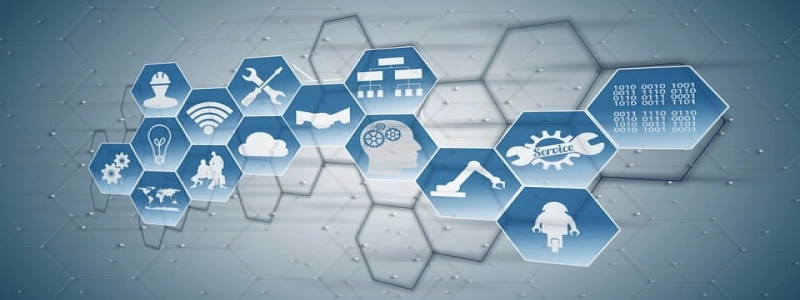Ethernet vs Ethernet IP
소개:
Ethernet and Ethernet IP are two important technologies used in computer networking. While they may sound similar, they are different in terms of their functionalities and applications. This article aims to provide a detailed comparison between Ethernet and Ethernet IP.
나. 이더넷:
Ethernet is a widely used networking technology that allows computers to connect and communicate with each other within a local area network (LAN). It was first developed by Xerox Corporation in the 1970s and standardized by the Institute of Electrical and Electronics Engineers (IEEE) as the IEEE 802.3 기준. Ethernet uses a wired connection, typically through copper or fiber-optic cables, to transmit data packets between devices.
The main characteristics of Ethernet include:
1. Speed: Ethernet offers different speed options, ranging from 10 Mbps (이더넷) to 100 Gbps (이더넷).
2. Topology: Ethernet networks can be set up in various topologies, such as bus, star, or ring.
3. MAC Addressing: Each Ethernet device is assigned a unique Media Access Control (MAC) address to identify it on the network.
4. Carrier Sense Multiple Access/Collision Detect (CSMA/CD): Ethernet uses CSMA/CD protocol to manage the flow of data and detect collisions on the network.
5. Ethernet Switches: Ethernet switches are used to connect multiple devices in a network and improve its performance by separating data traffic.
II. Ethernet IP:
Ethernet IP, 반면에, is a communication protocol that is built on top of Ethernet. It is primarily used in the industrial automation sector to enable communication between industrial devices, such as programmable logic controllers (PLCs), human-machine interfaces (HMIs), and sensors. Ethernet IP is governed by the Open DeviceNet Vendor Association (ODVA) and is widely supported by various industrial automation manufacturers.
The key features of Ethernet IP include:
1. 호환성: Ethernet IP is designed to work on standard Ethernet networks, utilizing the same physical layer and addressing scheme.
2. Object-Oriented Interface: Ethernet IP uses an object-oriented interface to represent industrial devices and their data.
3. Data Exchange: Ethernet IP allows for both cyclic and acyclic data exchange between devices, enabling real-time control and monitoring.
4. Scalability: Ethernet IP supports a hierarchical network structure, allowing for the integration of multiple devices and systems.
5. Device Profiles: Ethernet IP utilizes pre-defined device profiles that define the capabilities and characteristics of specific industrial devices.
결론:
In summary, Ethernet and Ethernet IP are two distinct technologies used in computer networking and industrial automation, respectively. Ethernet is a general-purpose networking technology that enables communication between computers within a LAN. On the other hand, Ethernet IP is a protocol specifically designed for industrial automation, allowing for seamless integration and communication between industrial devices. Understanding the differences between these technologies is crucial for designing and implementing efficient and reliable networking solutions in different domains.







